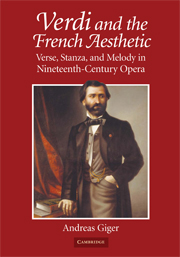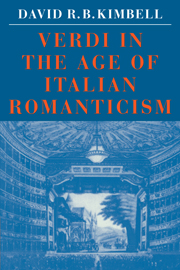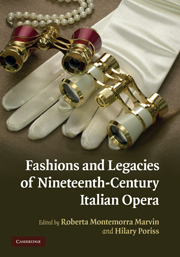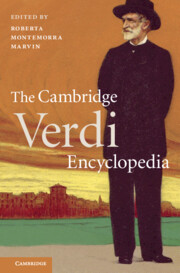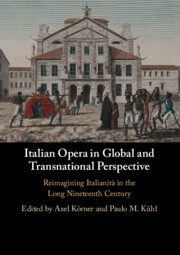Verdi and the French Aesthetic
Focusing on Verdi's French operas, Giger shows how the composer acquired an ever better understanding of the various approaches to French versification while gradually bringing his works in line with French melodic aesthetic. In his first French opera, Jérusalem, Verdi treated the text in an overly cautious manner, trying to avoid prosodic mistakes; in Les Vêpres siciliennes he began to apply more freedom, scanning the verses against some prosodic accents to convey the lightheartedness of a melody; and in Don Carlos he finally drew on the entire palette of prosodic interpretations. Most of Verdi's melodic accomplishments in the French operas carried over into the subsequent Italian ones, setting the stage for what later would be called operatic verismo. Drawing attention to the significance of the libretto for the development of nineteenth-century French and Italian opera, this text illustrates Verdi's gradual mastery of the challenges he faced, and their historical significance.
- Comprehensive study of French and Italian versification of importance to any student or scholar of nineteenth-century French and Italian opera, and also to the opera fan
- Includes quotations from previously unpublished primary sources, locating the theoretical concepts in nineteenth-century thought
- Illustrative music examples enhance the reader's understanding
Reviews & endorsements
"Giger's challenging book with its dense analysis of accent, rhythm, stanza and melody makes a fine study for anyone dedicated to Verdi's French operas. Recommended for the brave who will persevere." --The Opera Journal
Product details
June 2008Hardback
9780521878432
306 pages
260 × 186 × 22 mm
0.7kg
Available
Table of Contents
- Part I. Versification and Melodic Aesthetics:
- 1. Rhythm and stanza in French and Italian librettos
- 2. French and Italian melodic aesthetics and practice c. 1830–70
- Episode: design, middleground rhythm, and phrase
- Part II. French Melody in Verdi's Operas:
- 3. Jérusalem and its influence on the subsequent Italian operas
- 4. Les Vêpres siciliennes and its influence on the subsequent Italian operas
- 5. Don Carlos and after
- Appendix: Significant theoretic and aesthetic texts.

